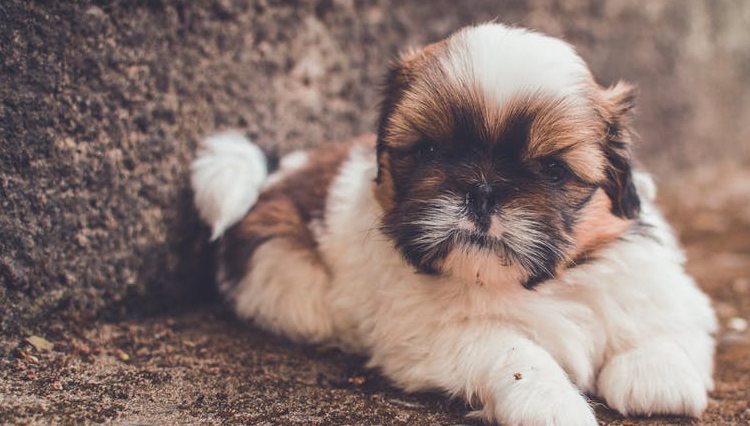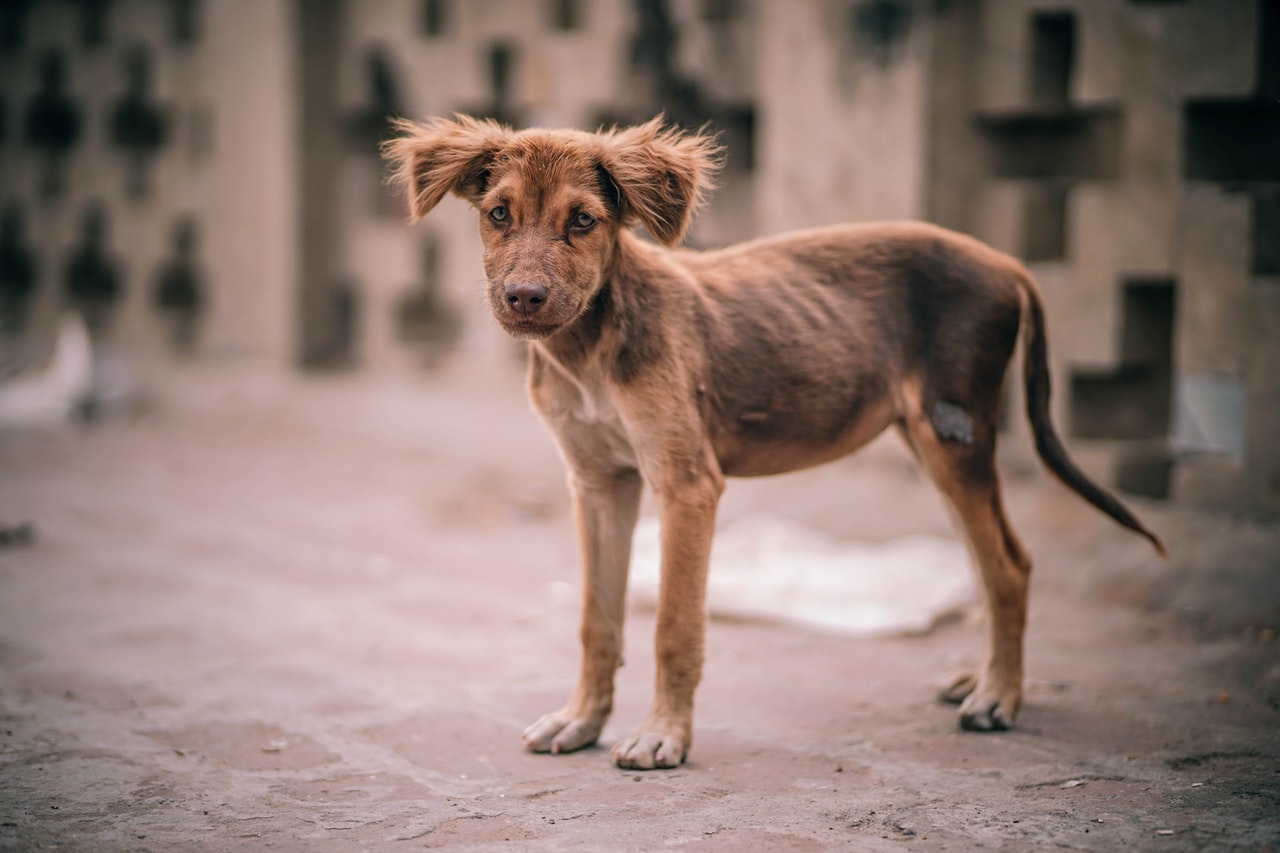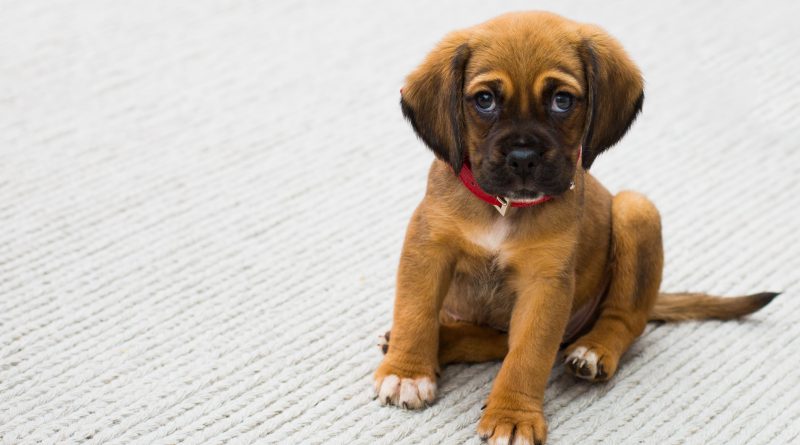Why does my puppy shed its coat?
There is nothing cuter than a warm puppy in your arms! A warm snuggle, sharp nips and licks and the innocence of their eyes will cast a spell over you. This wonderful phase is unfortunately very brief as your pup slowly steps into adolescence and adulthood. So, do not be surprised to find your pet shedding their coat the at the end of their puppy stage. This is a normal phase in growing dogs.
The difference between puppy coat and an adult coat?

Puppies are born with a single, fluffy and soft fur. This coat recedes naturally to pave the way for a thicker and stiffer adult coat. The coat develops according to your dog breed. Breeds with double coats will grow two layers of adult fur and breeds with a single coat will simply grow a single coat of adult fur.
Changes in their appearance is normal during this stage. Puppies can develop coats that are of a different colour than their puppy coat. Dalmatians are a good example of this, as they born without spots but many other breeds will develop different spots and patterns once their shed their puppy fur.
When do puppies shed their coat?

Puppies will lose their puppy coat between 4 and 6 months of age. This will also vary between breeds. You might not notice your pup shedding their coat if they have short hair. Some long-haired breeds will go through a few awkward months of ‘the uglies’ as their adult coat slowly grows. Some breeds like the Pomeranian may take about 2 years to grow their adult coat completely.
How to groom your pup’s changing coat?

Grooming should be part of daily care and is especially important at this transition stage where your pup is shedding their puppy fur to grow an adult fur. Apart from grooming being a wonderful way of bonding between the two of you it also makes them feel comfortable being handled all over their body. For puppies with longer coats grooming on a regular basis is necessary for their health.
Your pet’s coat may look ruffled or shaggy as the adult coat slowly starts growing. This is a normal process and grooming them regularly doing this phase ensures their coat stays healthy during this process. Hair breeds like the like the Poodle and Shih Tzu can have lot of tangles during this stage so owners of these breeds usually choose to get a short haircut done during this transitional stage.
How to spot signs of abnormal hair shedding and hair loss?

It is a normal process for your pet to lose their puppy fur, but losing too much fur is not a sign of good health. So, consult your vet if you notice these signs in your pet:
- Bald patches of skin
- Scaly skin
- Inflamed skin
- Excessive itching
- Shedding of large patches of fur
These are usually caused due to inadequate nutrition, parasites or disease and requires medical attention.
The key to raising a happy and healthy puppy is to track their growth and issues they may face at every stage and be prepared to face it.

